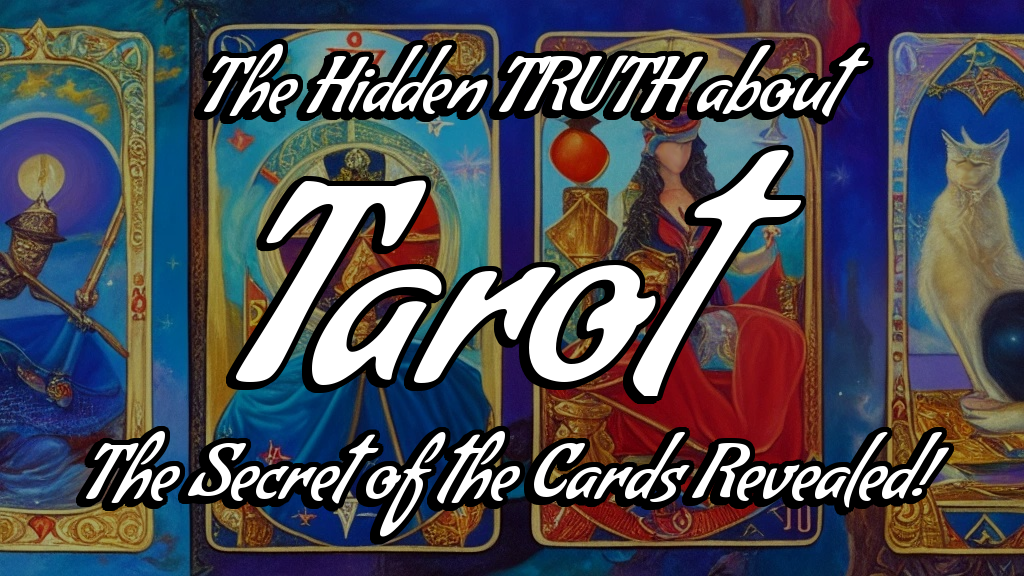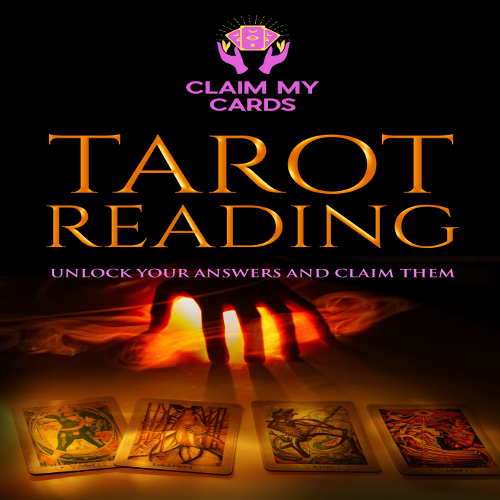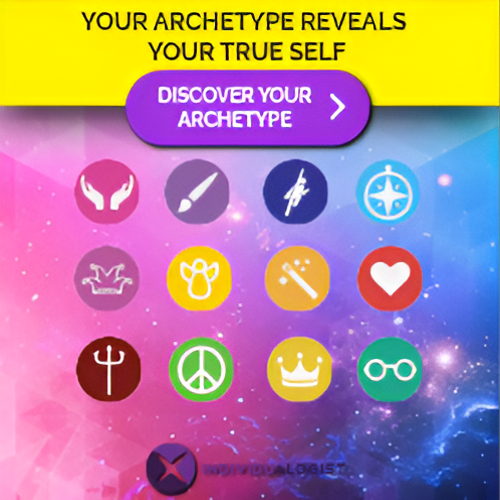In a world brimming with uncertainty, humans have always sought answers to life’s profound questions. From ancient civilizations to the modern age, the quest for insight into the mysterious realms of our existence has taken many forms. One such fascinating and enigmatic tool that has endured through the ages is the Tarot. Its allure lies in its ability to tap into the hidden currents of our subconscious, offering guidance, clarity, and a glimpse into the unknown.
In this exploration, we delve deep into the mystical art of Tarot, aiming to demystify its inner workings, understand why it seems to work for so many, and unearth the myriad benefits it offers to those who embrace it as a source of wisdom. Along the way, we’ll also address the common misconceptions that have shrouded Tarot in myth and skepticism for centuries. Prepare to embark on a journey that will not only illuminate the Tarot’s profound insights but also challenge your perceptions about this captivating practice.
How Tarot Works:
Tarot, with its 78-card deck divided into the Major and Minor Arcana, begins with the querent or reader shuffling the cards while focusing on a question. The cards are then drawn and laid out in a chosen pattern or spread. Each card’s position and relationship to others are significant in the interpretation process.
Interpreting the cards combines knowledge, intuition, and symbolism. Tarot readers draw upon their understanding of card meanings and symbolism while relying on their intuition for insight. This interpretation often involves storytelling, weaving narratives that connect the cards’ meanings to the querent’s question, offering guidance and fresh perspectives.
Tarot’s power extends beyond mere divination. It serves as a tool for exploring psychology and spirituality, providing insights into inner thoughts, emotions, and motivations. Some readers tap into their intuition or psychic abilities during readings, deepening the experience. Tarot offers open-ended guidance, emphasizing possibilities and potential outcomes rather than definitive answers or future predictions. Ultimately, the effectiveness of a tarot reading hinges on the reader’s skill, the querent’s openness, and the context of the reading.
Why Tarot Works:
Tarot works not as a predictive fortune-telling system but as a potent tool for introspection, guidance, and self-reflection. Composed of symbols and archetypes, tarot cards resonate with the subconscious mind, encouraging individuals to explore their thoughts, emotions, and concerns more deeply.
The rich symbolism and archetypes within tarot cards tap into the universal human experience, providing a visual language to express feelings and thoughts. This symbolism resonates on a profound, subconscious level, fostering personal revelations and a connection with the archetypal stories depicted.
Tarot readings have a powerful psychological impact, evoking a range of emotions and thoughts. This engagement leads to introspection, self-awareness, and a deeper understanding of one’s inner world. The cards prompt self-reflection, encouraging individuals to contemplate their lives, challenges, and aspirations, ultimately empowering them to make informed decisions.
While tarot doesn’t dictate a fixed future, it offers possibilities and guidance. Belief in tarot can lead to self-fulfilling prophecies as actions align with guidance received during readings. Intuition and subconscious insights play a significant role, and the act of interpreting tarot cards allows readers to access their intuitive abilities, offering meaningful guidance.
Tarot readings often involve storytelling, where the reader constructs a narrative based on card symbolism and positions within the spread. This storytelling aids in making sense of complex life issues and provides a framework for understanding situations. Tarot can be viewed as a metaphorical or symbolic language, akin to poetry or literature, conveying meaning, evoking emotions, and fostering personal growth through metaphorical interpretation.
In essence, tarot works by engaging with the human psyche, facilitating self-reflection, and guiding individuals on a path of introspection and personal growth, offering meaningful insights into their lives.
The Benefits of Tarot:
Tarot cards are a gateway to self-reflection and self-awareness. They invite individuals to explore their inner thoughts and emotions, fostering a deeper understanding of themselves. This introspection often leads to personal insights and a greater sense of clarity.
Tarot also serves as a valuable decision-making tool. Seekers turn to tarot for guidance in navigating complex life situations. It offers diverse perspectives and options, aiding in informed choices. While not predictive in nature, tarot provides a thoughtful framework for decision-making.
Readings can be a catalyst for spiritual and personal growth, connecting individuals with their intuition, inner wisdom, or higher selves. The symbolism within tarot cards also sparks creativity, inspiring artists, writers, and creative thinkers. Whether as a source of relaxation, entertainment, or intellectual exploration, tarot’s benefits extend to various aspects of life, promoting self-discovery, inspiration, and healing.
Dispelling Tarot Misconceptions:
Misconceptions surrounding tarot often lead to misunderstandings about its true nature. First and foremost, tarot is not a tool for fortune-telling. Instead, it offers guidance, possibilities, and insights based on current circumstances, promoting self-reflection and exploration.
Contrary to the belief that tarot reading requires innate psychic abilities, it can be learned and mastered through study and practice, making it accessible to all who wish to delve into its depths. Furthermore, it’s crucial to recognize that tarot readings are not infallibly accurate predictions; they are subjective and interpretive, with accuracy depending on the reader’s interpretation and context.
While tarot cards can be associated with magical rituals, they are not inherently magical or supernatural; the “magic” emerges from the reader’s intuition and the subconscious, rather than from the cards themselves. Additionally, tarot reading is a legitimate profession, and there is nothing immoral or wrong with reading tarot for financial gain.
Tarot is not tied to any specific religion or belief system, and its interpretation can vary based on individual perspectives. Most importantly, tarot is not inherently evil or satanic in any way; it serves as a tool for self-reflection and guidance, with its interpretation shaped by the reader’s intentions. (Cards like ‘Death’ and ‘The Devil’ are symbolic representations of human experiences like ‘change’ and ‘temptation’. They are not associated with literal death and evil.) Tarot card meanings are not fixed and universal; they depend on context, position in a spread, and the reader’s interpretation, allowing for flexibility in readings. Ultimately, tarot’s value lies in its capacity to inspire self-discovery, personal growth, and meaningful insights.
As we peel back the layers of misconceptions surrounding tarot, we uncover its true essence—a powerful instrument for self-reflection, personal growth, and profound insights. It’s a tool that invites you to embark on a journey of exploration, whether you seek clarity, decision-making guidance, or a deeper understanding of yourself.
To start your voyage of self-discovery and personal growth today, simply click here for a FREE, complimentary tarot reading. Embrace the wisdom and symbolism contained within the cards, allowing them to unveil a deeper understanding of both yourself and the world around you.





